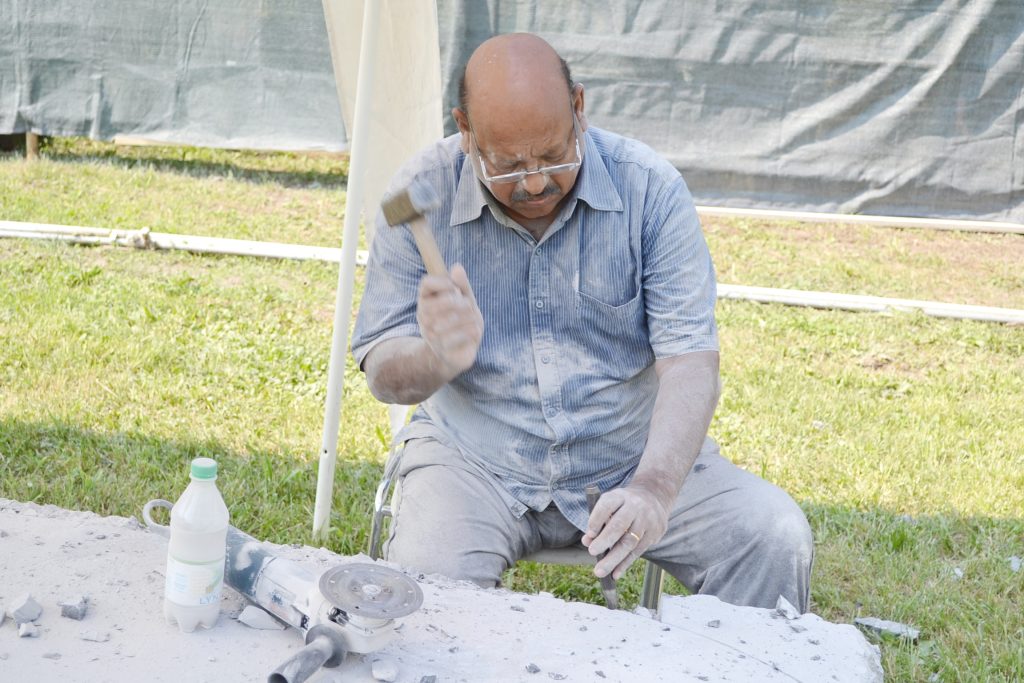When it comes to artistic expression, mediums, techniques, and perceptions frequently change over time. Nonetheless, despite all of this change, there is still a persistent dedication to customs and respect for ancestry that informs and influences the field of art. The recent show presented by renowned sculptor Robin David under the Raza Foundation’s auspices resonates deeply with this sentiment. Called ‘Yuva Sumbhava,’ this exhibition highlights a subtle conversation between tradition and innovation while also revealing the extraordinary skills of emerging Indian sculptors.
The genesis of ‘Yuva Sumbhava’ lies in the visionary initiative of Ashok Vajpeyi, whose foresight recognised the need to empower and showcase the creative potential of India’s youth. A year ago, an opportunity was presented by Ashok Vajpeyi , and it proved to be a momentous occasion for Robin. The prospect involved the implementation of various initiatives, with a particular focus on contributing to the empowerment of young people. The individual, who frequently participates in international level symposiums, found it a profound privilege to engage in endeavours aimed at nurturing the potential of youth.





